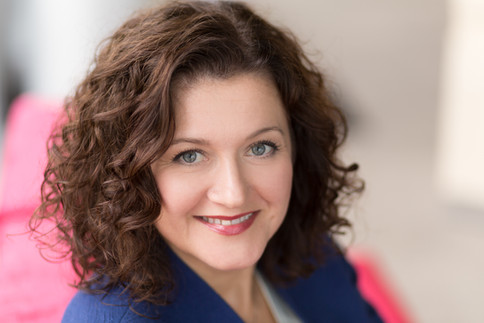1. What is your role at your organization?

I am currently a Global Market Segment Manager for Medical Packaging at Eastman Chemical.
2. How does your organization fit into the recycling value chain?
Eastman Chemical (EMN) is a manufacturer of plastics and has been a dedicated supplier to the medical industry for over 40 years. Eastman was a key contributor in bringing about the recycling infrastructure for PET, as it is known today, before this business was divested. In medical, our BPA-free materials are used for manufacture of medical devices as well as medical device packaging. Our packaging copolyesters bear RIC (Resin Identification Code) 1 as defined by the ASTM technical committee standard on recycled plastics.
3. What do you see as the biggest challenges/opportunities related to recycling healthcare plastics?
There are actually quite a few challenges, but with challenges come opportunities.
First, medical plastics constitute a fairly small portion of plastics industry overall. Given this, economics of scale for medical plastics recycling alone is challenging. However, if we take a broader approach and think of medical in combination with other industries, that changes the dialog quite a bit.
Second, the usage of medical packaging as sterile barrier for life-saving devices often lands them directly in the surgical suite. Once that happens, the plastic packaging can be contaminated with body fluids and therefore, typically ends up being disposed as a biohazard. In other cases, for devices requiring double sterile barrier, the outer package is removed before the procedure and so it is virtually clean. Such packaging could be recycled. The same applies to packaging used in procedures when the device is removed from the package prior to the patient arriving into the surgical suite.
Lastly, there are some misconceptions in the recycling value chain that all medical packaging is contaminated and, therefore, not recyclable. Understanding and differentiating between what’s contaminated and what isn’t presents some real opportunities for a better end-of-life story for medical plastics.
4. What do you see as the future of healthcare plastics?
Healthcare plastics already play a very important role in the medical industry, which is to help mitigate the risk of infection for life-saving/ sustaining devices, which of course translates into mitigating the risk to the patient. I really don’t see that changing. What I do see in the future, however, is innovative ways of utilization of post-industrial and post-consumer medical plastics as sought-after, high-quality recycled content for industries outside of medical and in support of the circular economy. This is already happening to some extent with post-industrial content.
5. What is your favorite thing about HPRC? What benefits have you received by being a member?
By far, the people. It is so exciting to come together across the industry with a common cause and help influence initiatives that are important to everyone. I have learned a great deal by listening to and interacting with my HPRC peers. This is a fantastic platform to learn about varying points of view on challenges we all share in the industry. I am excited about Eastman expanding our membership to the European chapter of HPRC and that we can leverage EMN’s dedication and resources to further efforts around recycling of medical plastics.
6. What HPRC projects are you currently involved with?
In the past, I worked on the project to understand drivers and barriers in the recycling value chain. Currently, I’m working on a project team to co-author a white paper on the subject of Circular Healthcare Plastics, which we plan to issue later this year. We hope it will help raise awareness not only about the challenges, but also the opportunities in recycling of medical plastics. Moving forward, I will also be supporting my Eastman EMEA colleagues working via their local HPRC chapter in an effort to gain understanding around the specific opportunities for recycling of post-consumer medical plastics at European hospitals.
7. What do you do for fun outside of work?
I love music and I love to cook. I could easily make an evening of trying different recipes while listening to music and sipping wine, and be completely content. I recently watched a documentary called Wasted! and learned that 40% of food produced in the US is discarded. That’s astounding–it really got me motivated to get more creative with cooking.
I also enjoy being outdoors. My family and I live near the Appalachian Trail so we try to take advantage of that. Hiking is a great way to get the heart rate up and enjoy the nature. Last fall we got very ambitious, ventured out to the Grand Canyon and hiked the Blue Angel trail. That was nothing short of amazing.
